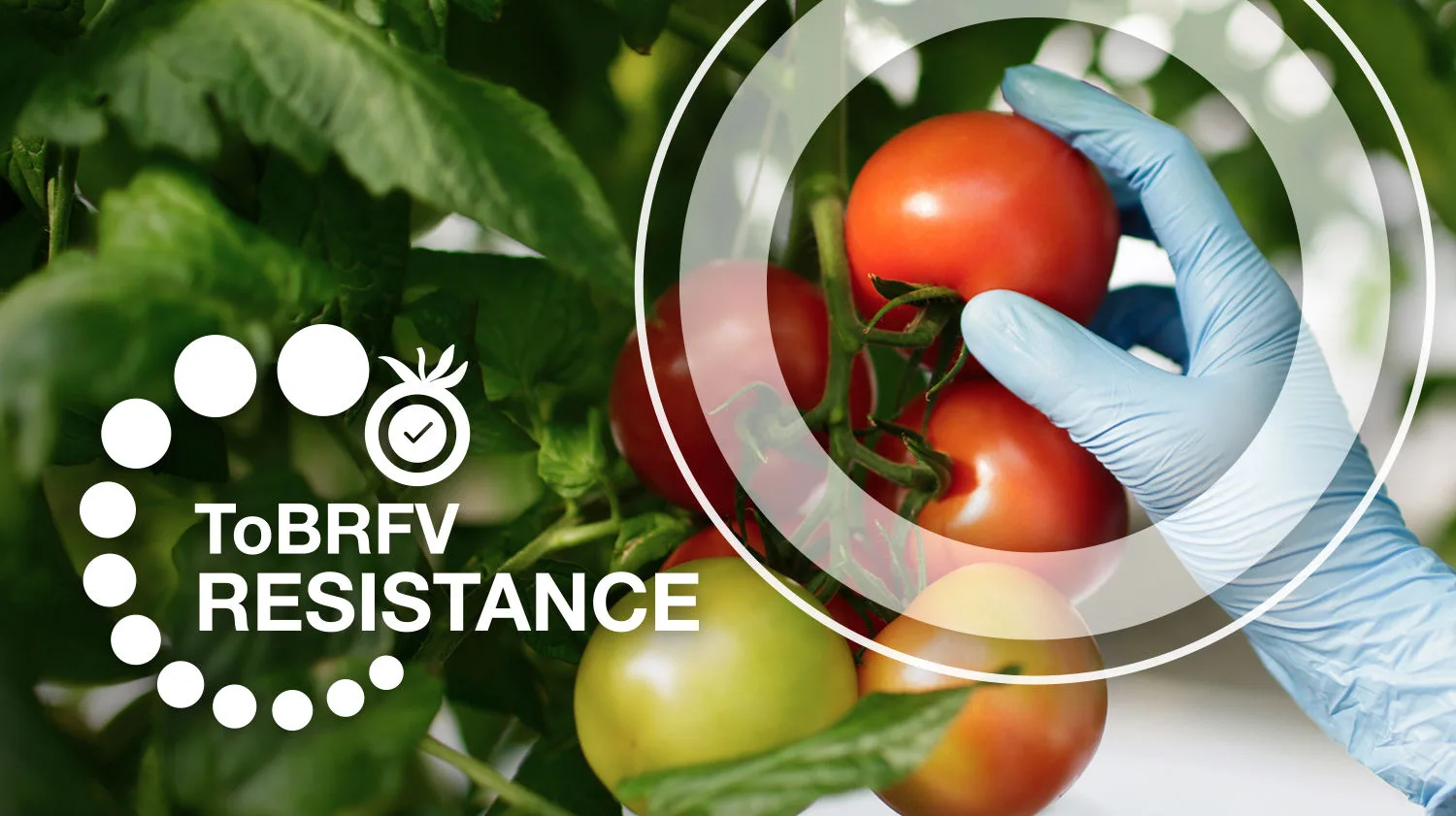Causal Agent
Meloidogyne spp.
Distribution
Worldwide
Symptoms
All cucurbits are susceptible. Affected plants appear stunted with poor growth. Foliage takes on a pale green to yellow appearance. Infected plants wilt during the hottest periods of the day due to reduced water uptake. Although the crop may maintain a healthy appearance throughout the growing season, yield and quality of the fruit can be greatly reduced. In heavy infections, plants will completely wilt and die as the nematode populations increase. When infected plants are removed from the soil, knobby, wart-like galls caused by the nematode can be seen singly or in clumps on the roots. Secondary infection by other soil organisms is common.
 Galling of summer squash root system. (Courtesy of Kenneth Seebold, Jr.)
Galling of summer squash root system. (Courtesy of Kenneth Seebold, Jr.)
Conditions for Development
The disease is most severe in light, sandy soils with an optimal soil temperature of 27˚C (80˚F). Nematodes can survive in the soil for several years, but weed-free fallow periods can significantly reduce populations. Dispersal of nematodes may occur through contaminated irrigation water, movement of infested soil and infected plant material.
Control
Soil fumigation and weed-free fallow periods are usually the best management strategies to help control root-knot nematode. Proper identification of the nematode species and population levels are important for choosing the correct management method. Grafting onto resistant cucurbit rootstocks have been proven to be effective.





